Rinse & rePeat
Member
- Joined
- Mar 10, 2021
- Messages
- 21,516
Follow along with the video below to see how to install our site as a web app on your home screen.
Note: This feature may not be available in some browsers.
Click Here if you want to upgrade your account
If you were able to post but cannot do so now, send an email to admin at raypeatforum dot com and include your username and we will fix that right up for you.

| Nutrient | 2018 average qty per 100g |
| Retinol (vitamin A) | 98mcg |
| Riboflavin | 0.4mg |
| Thiamin | 0.05mg |
| Vitamin B6 | 0.02mg |
| Vitamin B12 | 0.33mcg |
| Biotin | 5.2mcg |
| Folate | 88mcg |
| Vitamin D | 7.9mcg |
| Vitamin E | 1.9mg |
| Pantothenic acid | 1.07mg |
| Potassium | 131mg |
| Magnesium | 12mg |
| Phosphorus | 171mg |
| Iron | 1.8mg |
| Selenium | 28mcg |
| Zinc | 1.0mg |
| Iodine | 47mcg |
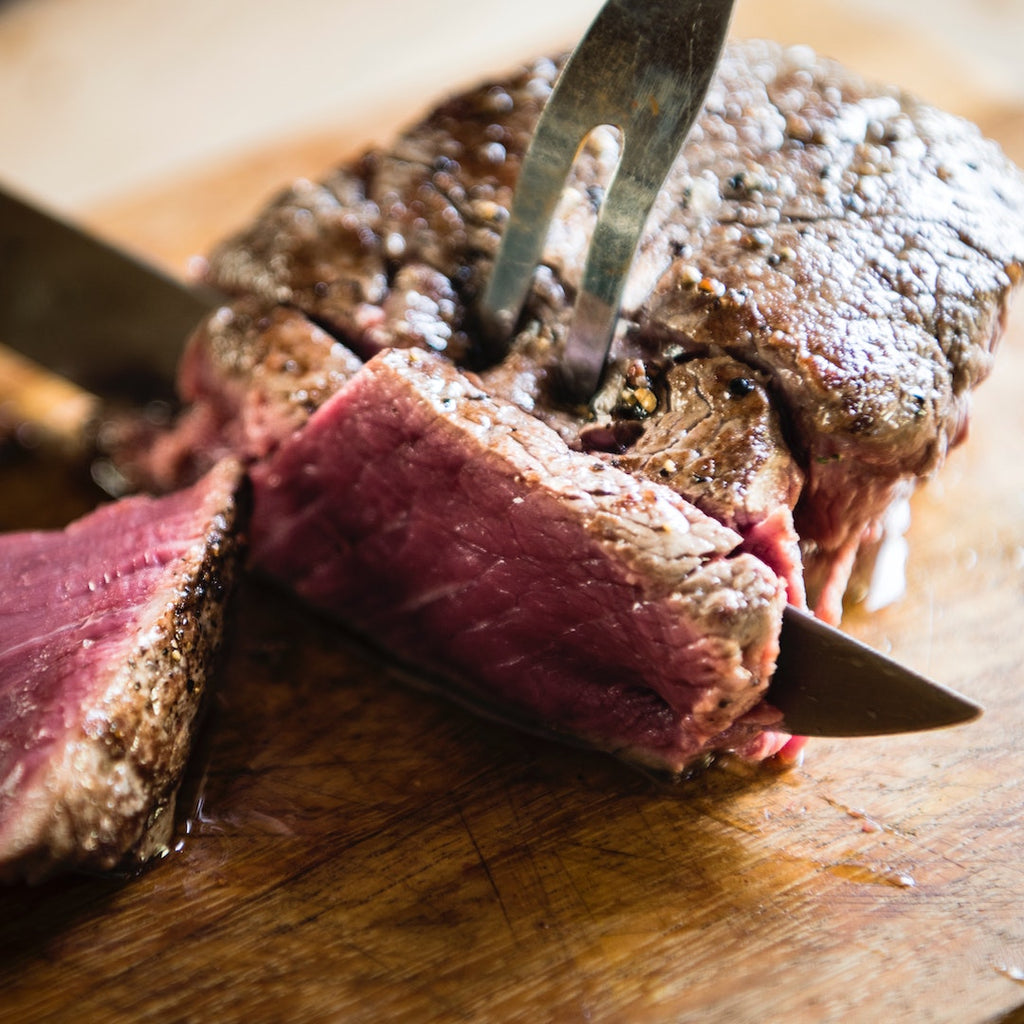
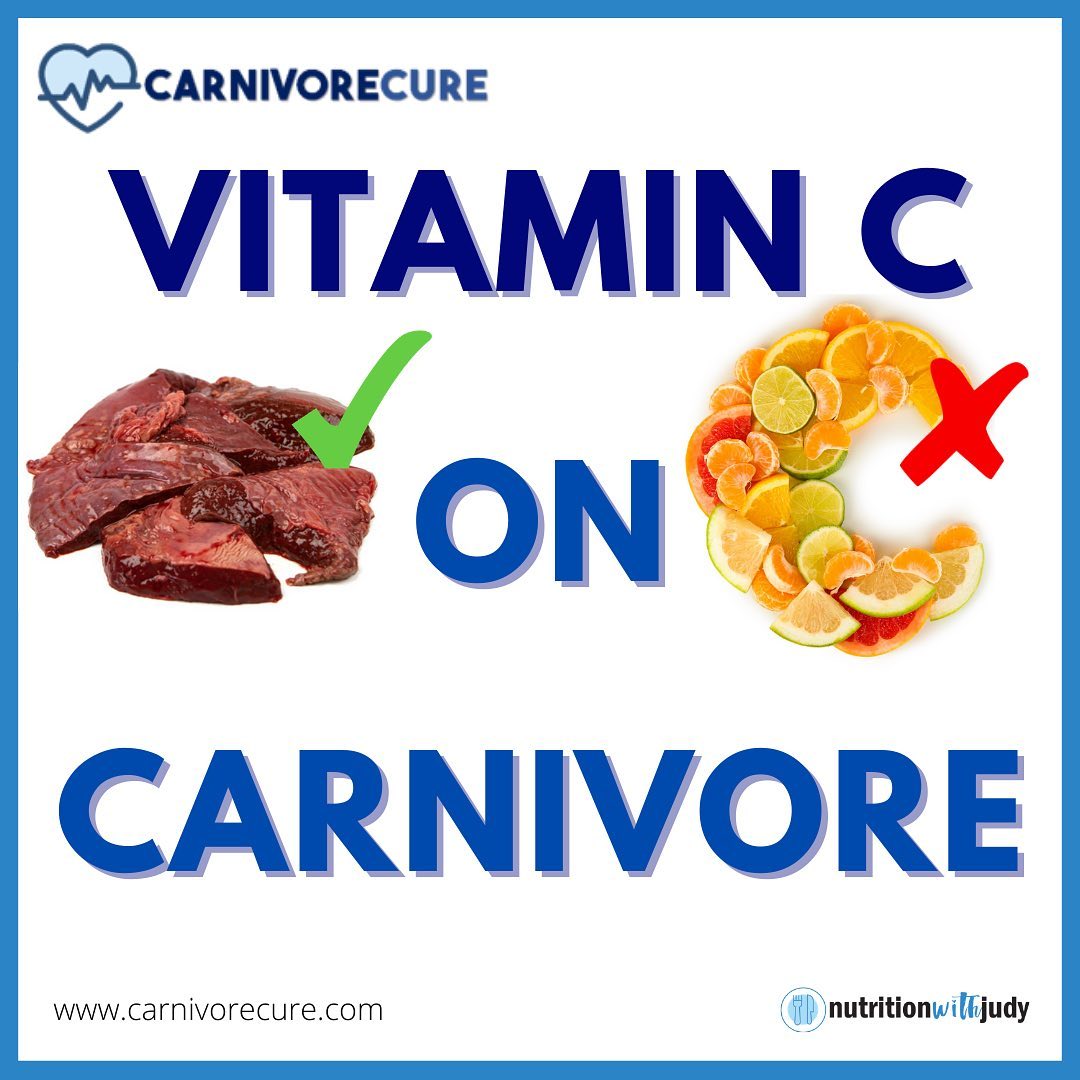
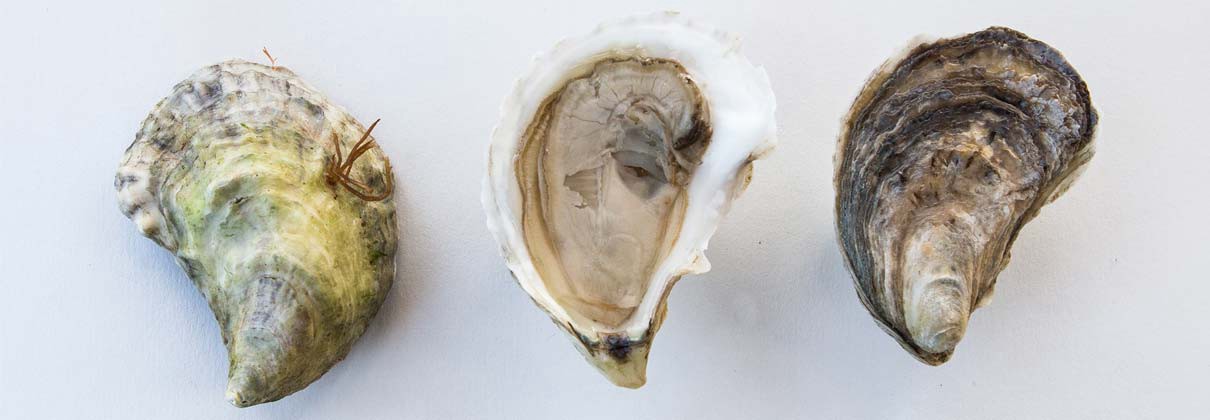


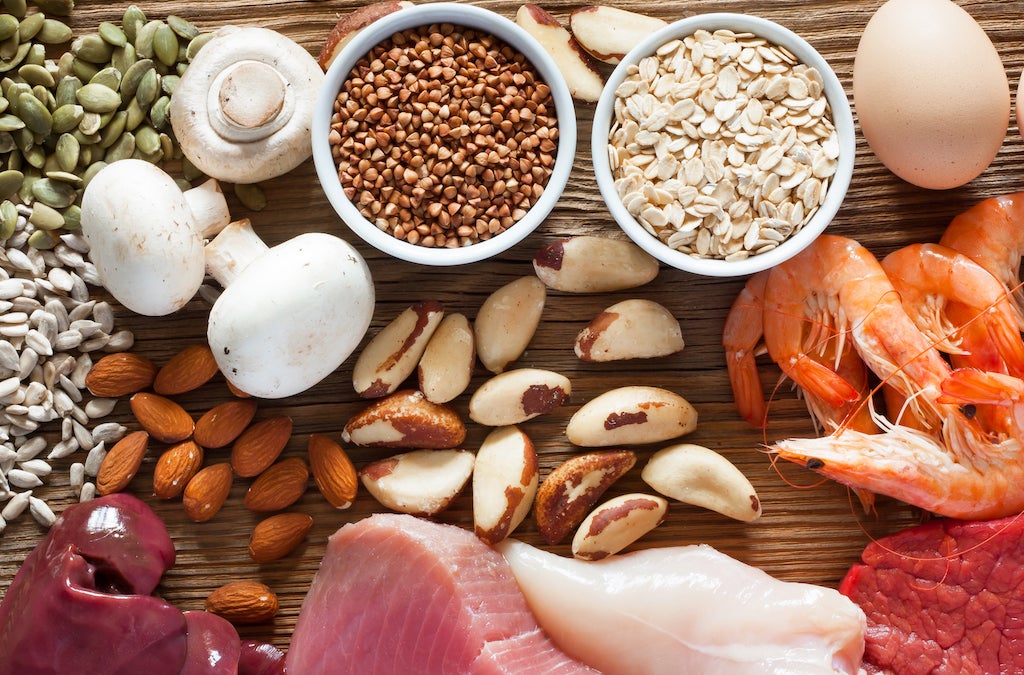

 www.medicalnewstoday.com
www.medicalnewstoday.com
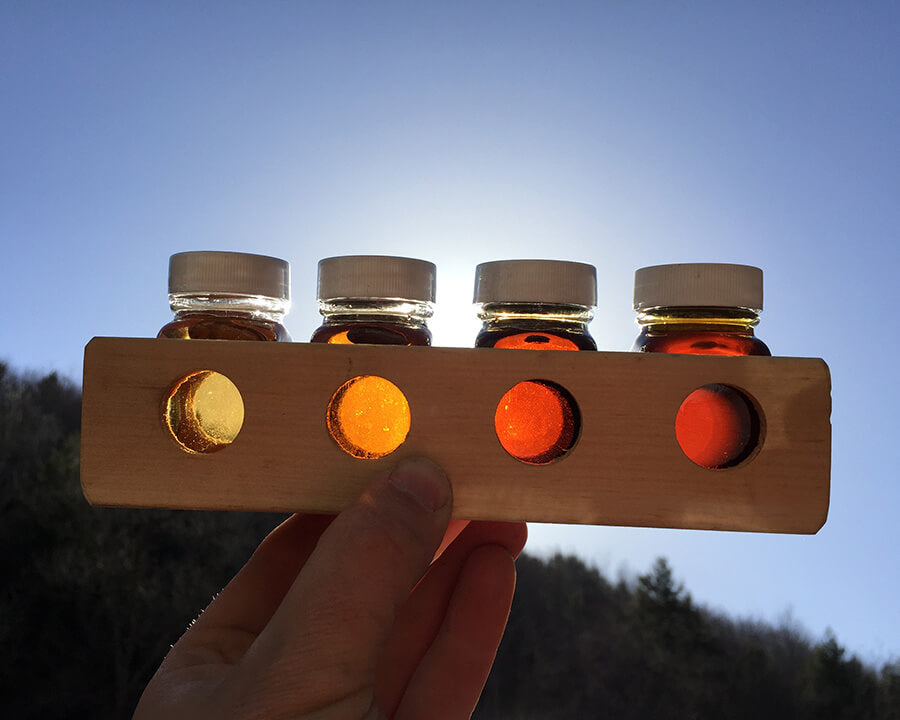
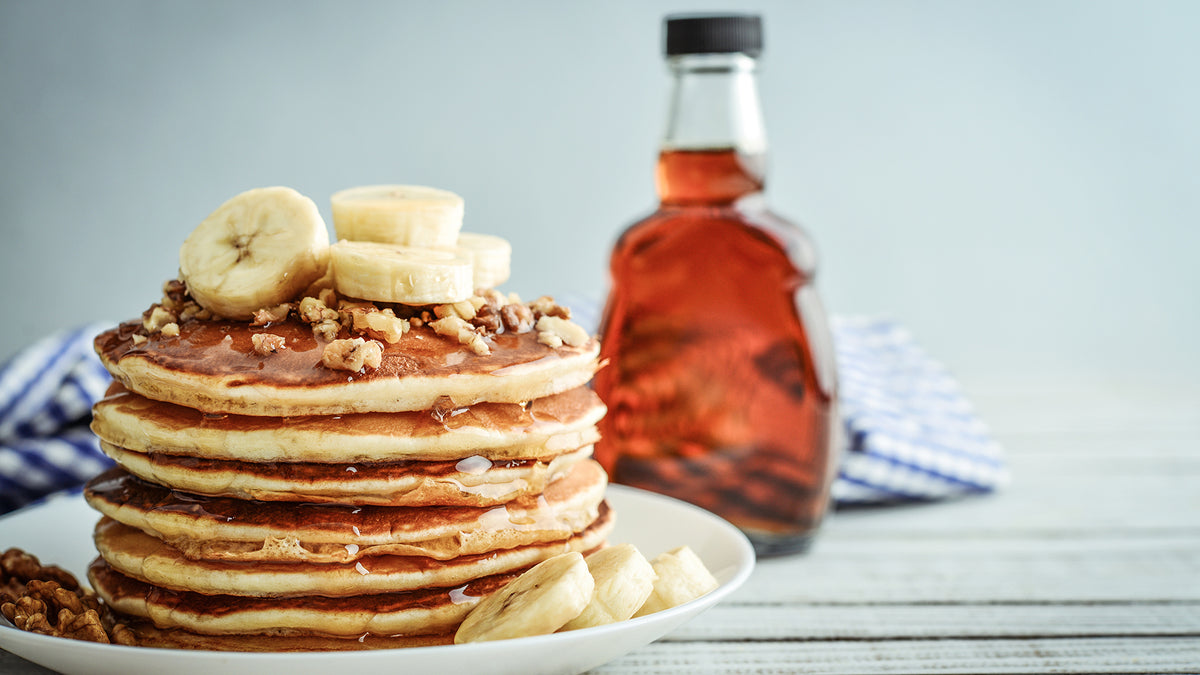
Interview with Dr. Russell Blaylock on devastating health effects of MSG, aspartame and excitotoxins - NaturalNews.com”These people are destroying their nervous system, and I talked to a lot of them who complained of severe migraine headaches. I said, "Get off the soy," and they do, and that migraine headache goes away. In addition, you have very high manganese levels, which is toxic to the very same part of the brain that produces Parkinson's. You've got a mixture of toxins with soy products, and the people think they are eating a healthy, nutritious product. It's destroying their nervous system, as well as other organs.
"Yes, beef liver has so much of the oily vitamins that it just takes an occasional meal to meet those requirements generously. The charts have stopped giving its vitamin E content, and rarely mention vitamin K, but it's very good for those. Charts still don't reflect the intracellular (lipid soluble dehydro-) form of vitamin C, but liver is a good source of that too." Ray Peat e-mail exchangePeople forget that meat has vitamin C…
View attachment 60691
“According to the USDA, muscle meat contains no vitamin C. However, this is factually inaccurate and based on the default practice of the USDA to fill in vitamin C amounts as “assumed to be zero”. This is a serious error considering that the USDA tests for almost all other micronutrients. Luckily, there are studies proving that there are naturally occurring vitamin C levels found in meat. If you ever experience any of the symptoms of vitamin C deficiency as listed above, you can always eat some of the meats with vitamin C. These symptoms can also be due to mineral or electrolyte imbalances as well as thyroid imbalances.
The recommended daily allowance (RDA) of vitamin C was created based on the minimum intake required to maintain near-maximal neutrophil concentration for antioxidant protection, not to prevent vitamin C deficiency. In order to avoid scurvy, you only need 10mg of vitamin C per day. The RDA for vitamin C for adults 19+ years old is 90mg for males and 75mg for females. Pregnancy RDA is 85mg and lactation RDA is 120mg. It’s recommended that smokers ingest an additional 35mg daily.
Pork liver (25.3mg per 100g serving) and chicken liver (17.9mg per 100g serving) do have measurable amounts of vitamin C while beef liver only has about 1.3mg per 100g serving. However, always limit the amount of liver you’re ingesting in case of hypervitaminosis, excess copper, and high purine levels. Many of these animal food sources consumed in 200g servings (7 ounces) will cover your RDA of vitamin C, including eating muscle meat alone.”
“It’s worth noting, though, that scurvy-ridden sailors were eating dried meat. Vitamin C is water-soluble, and drying out meat would remove any vitamin C that was present in fresh beef.
It turns out fresh beef has vitamin C -- about 16 mcg/g in grain-fed meat and 25 mcg/g in grass-fed meat [*].
That isn’t much vitamin C, but it could be enough. Plenty of people have eaten nothing but beef, salt, and water for well over a year without developing scurvy, symptoms of which should show up within 3 months of starting the diet. Dr. Shawn Baker is a good example -- he talks about carnivore, vitamin C, and scurvy in our recent podcast. Dr. Baker’s theory is that your vitamin C needs decrease when you cut vegetables out of your diet, and that the little bit in fresh beef is enough to keep you scurvy-free, as long as you don’t cook the vitamin C out by eating your meat well-done.“

A Balanced Look at the Carnivore Diet
When a friend of mine first mentioned the carnivore diet to me, I thought he was kidding. Are people really only eating meat, and expecting to be healthy? It seemed like another fad diet geared at grabbing attention more than anything. After all, despite the many differences of various popular...www.amplemeal.com

Do You Need Vitamin C on the Carnivore Diet? - Nutrition With Judy
Learn more about the vitamin C requirements for the carnivore diet. Work with us and start your healing journey today!www.nutritionwithjudy.com
These mushrooms that I left out in the sun for two days to increase their vitamin D content were so tasty! I barely sautéed them in butter and used them in a bone broth and onion soup! They were more intensely flavored.“If you want to reap the benefits of vitamin D-packed mushrooms, here's what to do. First, you'll want to clean them since the sunlight will help them dry more quickly than they would inside. Then, per the Nutrients study, slice them to increase the surface area that can absorb the essential vitamin. Spread your slices out in a single layer on a baking sheet or any kind of flat tray and place them outside in the sun between 10 a.m. and 4 p.m., when the sun's rays are the strongest. During this time, a chemical in your 'shrooms called ergosterol will react with UV rays to generate and soak in even more vitamin D.
Try to leave your fungi out in the sun for an hour to maximize nutritional value, but as the study demonstrated, even a quarter hour of exposure can make a huge difference. Keep in mind that the amount of UV rays your mushrooms absorb can vary depending on the season, weather, and time of day -- although, as a study published in the Journal of Nutrition & Food Sciences noted, the sun-soaking fungi can still produce more vitamin D on cloudy days. As long as they have a little time out in nature, they'll help you stay out of the sun and meet your nutritional needs.“
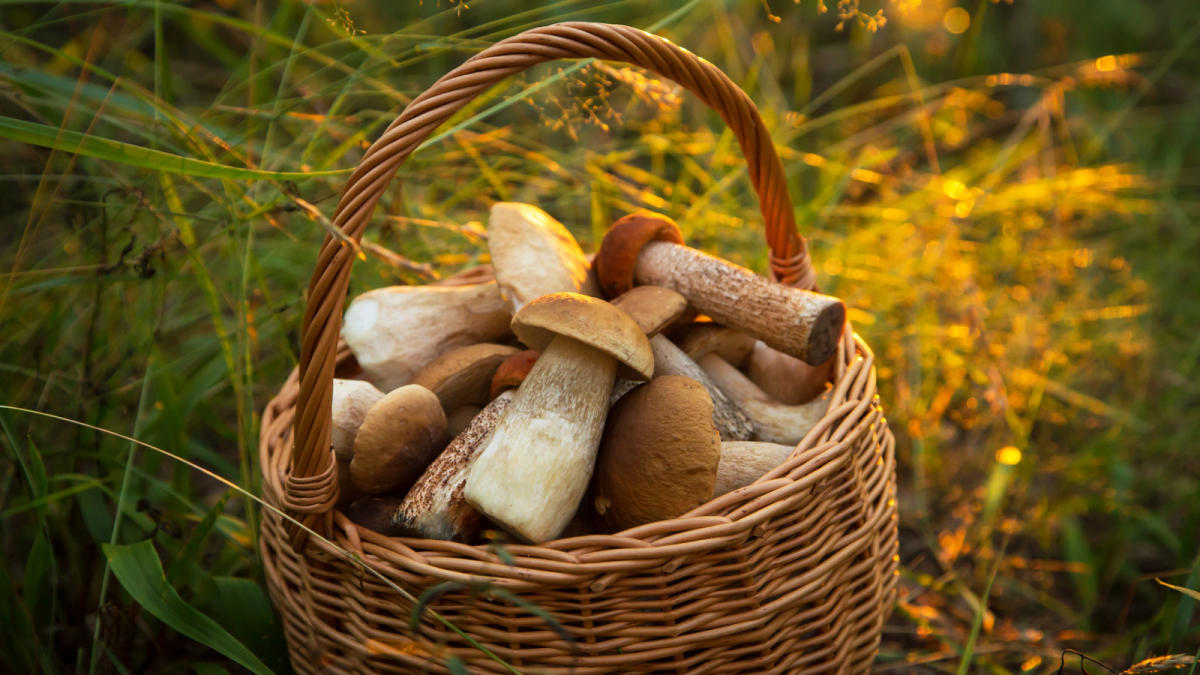
Why You Should Let Mushrooms Sit In The Sun Before Cooking Them
Save yourself the cost and trouble of picking up supplement bottles and let your mushrooms soak in the sun for a boost of vitamin D. See what to do.ca.news.yahoo.com